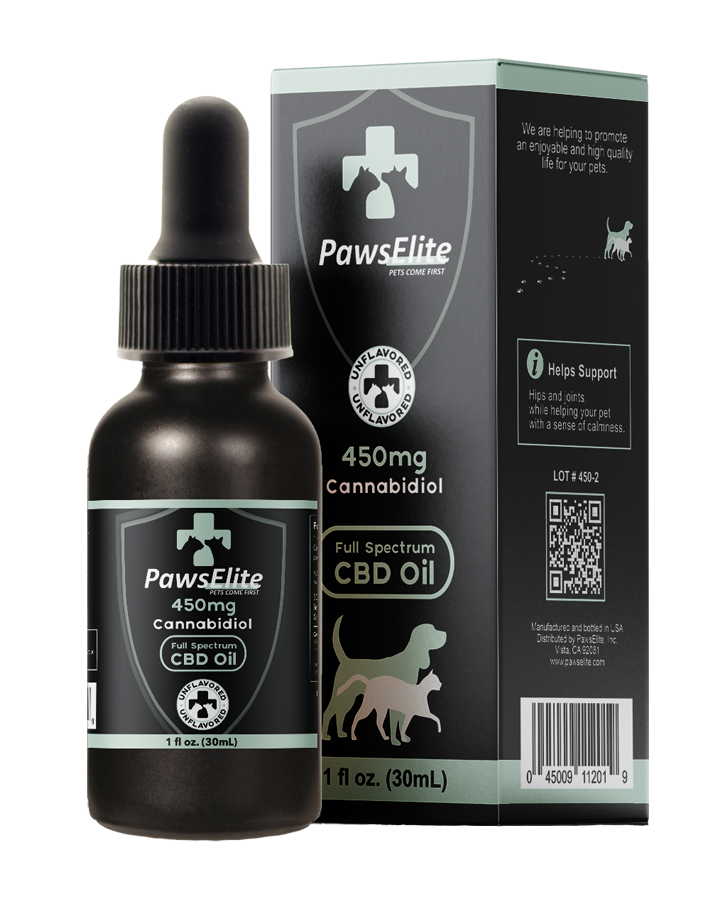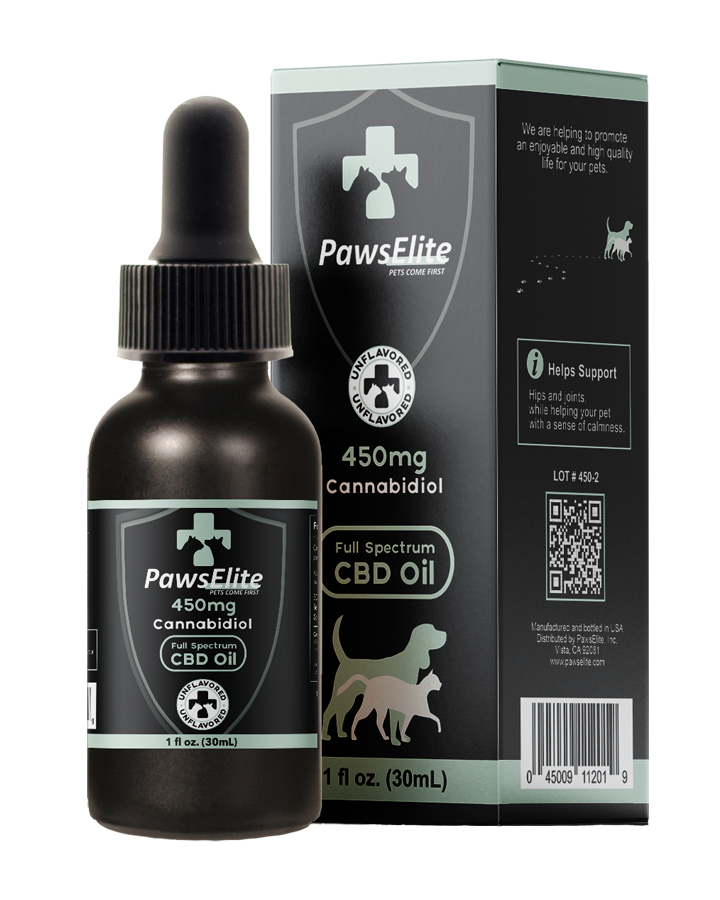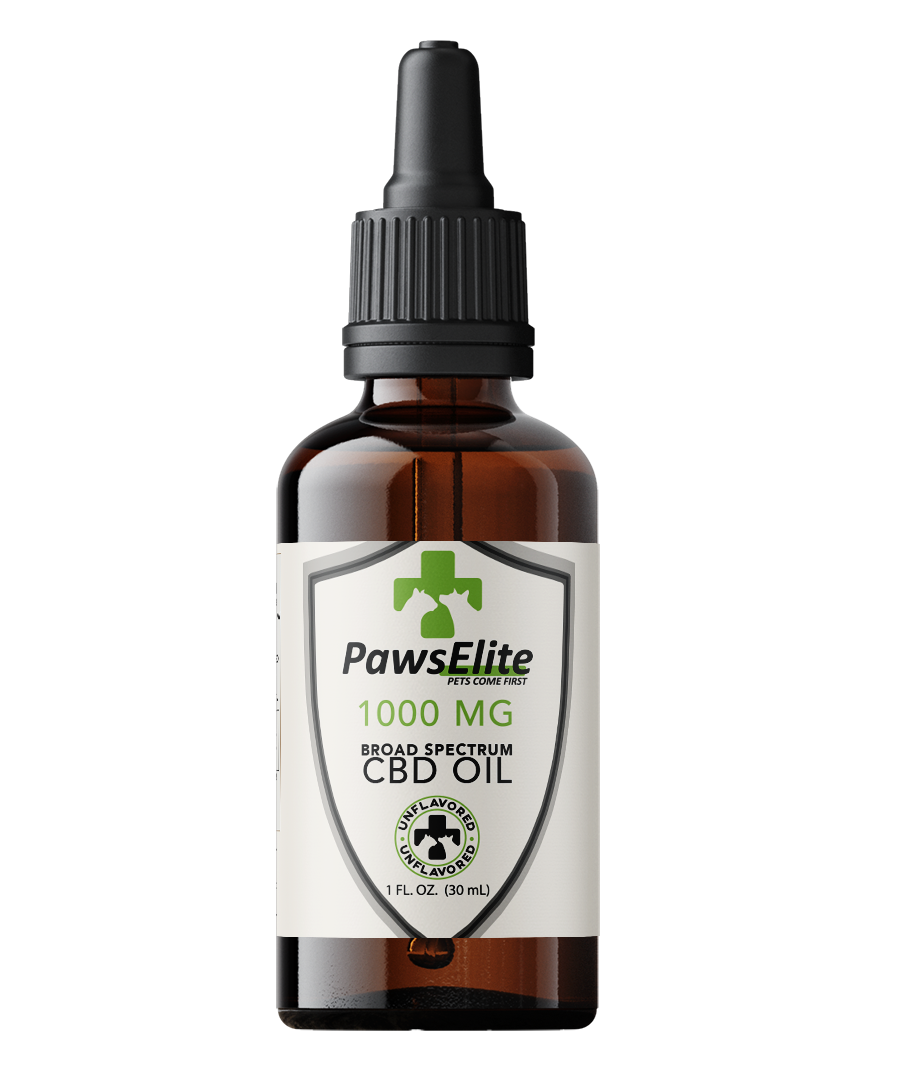![Dog Staph Infection Home Remedy: Staph Infections in Dogs [TREATMENT]](http://pawselite.com/cdn/shop/articles/puppy-gf58a00b37_1920.jpg?v=1635344039&width=1100)
Dog Staph Infection Home Remedy: Staph Infections in Dogs [TREATMENT]
Share
Natural Guide for Dog Staph Infection Home Remedy
It’s obvious! Dogs love to run around, play, and roll around in the grass. Although these are normal behaviors in dogs as pet owners we need to be careful. This behavior in dogs can cause injuries like cuts, scrapes, and lacerations. In this guide we’ll go over dog staph infection home remedies.
The home remedies may help as well, but let’s understand what a staph infection in dog lookis like and what options we have.
@pawselite Home remedies for staph infections. Link in bio. ##fyp ##foryourpage ##PradaBucketChallenge
♬ Life Goes On - Oliver Tree
What is Staph Infections in Dogs?
Staphylococcus bacteria is the reason you would be looking for dog staph infection home remedy. Staph infections in dogs occur when skin irritation or a wound becomes infected by the bacteria. These infections can be found in any dog regardless of age, or breed.
Typically, skin infections will turn into staph infections in dogs and you’ll have nothing to worry about because normally they don’t cause harm to dogs. However, if your dog has underlying illnesses, allergies or a weakened immune system then these bacteria can become a threat.
With a compromised immune system, the protective function of the dog’s body changes. For example, with an open wound, the blood supply to that area can be weak and this can allow for staph bacteria to infect your dog’s skin.
You should pay attention to all cuts and wounds to make sure it’s not worsening. However, if you’re noticing a staph infection, you should plan on going to the veterinarian if it’s not improving on its own.
Causes of Staph Infection in Dogs?
Staphylococcal dermatitis also known as Pyoderma is the most common staph infection in dogs. It begins when bacteria are entered into a wound or skin irritation. This can cause excessive licking, scratching, and chewing. For this reason, staph infections commonly occur in dogs who have fleas or t have allergies to certain foods, medications, or environmental factors.
Other potential reasons include blood infections caused by bacteria or fungi, chronic illnesses, allergies, and other secondary infections. Any breed or age of dog can have staph infections, but owing to their weakened immune systems, older dogs are more prone to them.
In most cases, signs of infection can be easily identified. Symptoms that your dog has a staph infected area can include:
- Blisters
- Papules
- Itchiness
- Red lesions
- Blisters that are filled with pus
- Scabs or crusts that surround the lesions
- Hair loss in the center of the lesion
Here are some conditions that make it easier for staph infections in dogs to take place:
- Fleas
- Skin irritations
- Underlying illness
- Underlying allergies
- Diseases that weaken the immune system
- Poor hygiene
- Bacterial or fungal infections
Without proper care or attention, a staph infection can develop in a dog’s upper respiratory tract or in the internal organs causing further, and more serious, harm. The bacteria can be caused by your dogs immune system working harder to fight bacteria.
Symptoms of Staph Infections
The location of the infection has a significant impact on the symptoms of staph infections in dogs. The bacetrial infection also known as pyoderma can affect both the outer and inner layers of your dogs skin. The chest and belly of a dog are frequently affected by superficial infections, according to the Merck Veterinary Manual. On the nose, chin, between the toes, and on pressure areas like the elbows, knees, and hocks, deeper infections are more frequently discovered (lower part of hind legs).
Your dog could exhibit a number of symptoms if he has a staph infection. Here is a checklist you may use to keep track of your dog so your vet can treat him with the most complete knowledge possible.
- Redness
- Hair Loss
- Inflammation
- Pus
- Crusting
- Sensitive skin
- Skin abscess
If staph has infected the internal organs, there will be more serious signs of sickness that could include:
- Rash
- Diarrhea
- Itching
- Pain
- Itching
- Inflammation
- Loss of appetite
- Lethargy
- Fever
- Vomiting
If you think your dog might have a staph infection, it’s best to consult with a veterinarian as soon as possible.
Diagnosis and Treatment for Staph Infection in Dogs
Your veterinarian will need to physically inspect your dog if you think it could have a staph infection and will probably suggest a number of tests (such a bacterial culture or skin cytology) to make a diagnosis. Staph infections are secondary infections, thus it's important to identify the root of the problem so that it may be treated as well. The likelihood of the staph infection returning in dogs is quite high if the root cause is not treated.
Topical antiseptic therapies are secure and efficient ways to treat staph infections, claims White. She continues, "This involves using medicated shampoos, sprays, wipes, mousses, and lotions for several weeks. "Antibiotics are given as tablets or injections to help treat the illnesses when bacterial infections are in the bloodstream or deeper layers of the skin."
Especially for those with hectic schedules and difficult-to-medicate dogs, White says that it might be challenging for pet owners to adhere to the prescribed treatment plan for staph infections, but it is crucial to do so in order to prevent the development of antibiotic resistance. She says, "Antibiotic resistance is more likely to develop when these treatments aren't taken as prescribed or for a long enough period of time. In both human and veterinary medicine, resistant skin infections caused by methicillin-resistant (MRS), multidrug-resistant (MDRS) Staphylococcus are frequent and make treatment more difficult. It's crucial to take all of the drugs that your veterinarian has advised you to utilize.
A pet with an illness that is resistant to antibiotics puts other pets and even people residing in the same house at danger, according to White, because staph infections are communicable (especially if they have suppressed immune systems or open sores). Your veterinarian may probably advise additional measures, such as wearing gloves when handling contaminated objects and routinely washing surfaces with bleach, if your pet is found to have an antibiotic-resistant staph infection.
According to White, because staph infections are contagious, a pet with an infection that is resistant to antibiotics puts other pets and even people living in the same house at danger (especially if they have suppressed immune systems or open sores). If your pet is discovered to have an antibiotic-resistant staph infection, your veterinarian may likely suggest further steps, such as wearing gloves when touching infected things and frequently wiping surfaces with bleach.
Dog Staph Infection Home Remedy
For the majority of time home remedies for staph infections in dogs are affective, but it depends on the severity of the staph infection. In most cases your veterinarian would prescribe you with a topical antibiotic that can be applied to your dogs skin.
Antibiotics are the mainstay of therapy for Staph infections. In the event of a skin infection, an antibiotic cream and maybe oral medications to stop the illness from internal spread would most likely be administered. To prevent the potential of re-infection, topical cream should be used until the lesion has healed. A course of oral antibiotics should also be completed.
Some of our customer have report that CBD oil helps a supplement to keep your dogs calm when dealing with a skin irritation. Learn more about CBD oil.
Here are a few dog staph infection home remedies:
- Bathing your dog with povidone-iodine medicated shampoo
- Bathing your dog in cold water
- Putting a damp t-shirt on your dog after a bath to keep the skin colder longer
- Using Povidone-Iodine can help disinfect the area
The great thing about povidone iodine is it’s completely harmless if ingested. It’s not easy treating a staph infection in dogs, but you’ll need to be consistent with your routine. Disinfecting the area, and monitoring your dog’s progress is important to stay on path to recovery.
If you’re noticing symptoms worsen please, don’t hesitate to contact your veterinarian.
Relief and Recovery of Staph Infections in Dogs
CBD oil is also used to help provide relief during treatment. CBD oil has a calming and anti-inflammatory effect that can help your dog during this time.
Staph infections of the skin often cure entirely in a couple of days or weeks as long as the owner provides the medicine as indicated and the pet is kept in properly warm, hygienic circumstances. In rare cases, an illness could be resistant to the prescription antibiotic, in which case a course of several medicines will be recommended.
Internal infections often have a less favorable prognosis because harm that infections can do to organ structures and surrounding tissue cannot be stopped by drugs alone. In the majority of situations, there is a good possibility of recovery with the right therapy as recommended by a veterinarian.
Common Questions and Concerns for Dog Staph Infection Home Remedies
In the realm of pet care, understanding how to address health concerns such as staph infections in dogs is paramount for responsible pet ownership. From exploring natural remedies to seeking veterinary guidance, pet owners often find themselves navigating a plethora of options when it comes to treating their furry companions. In this article, we'll delve into five common questions surrounding staph infections in dogs, shedding light on effective treatment methods, natural remedies, and the potential for self-healing. By addressing these questions head-on, we aim to equip pet owners with the knowledge and insight needed to make informed decisions regarding their dog's health and well-being.
What Kills Staph Infection in Dogs?
When it comes to tackling staph infections in dogs, several treatment options are available. From topical medications to oral antibiotics prescribed by veterinarians, various approaches can effectively combat the bacteria responsible for staph infections.
What Kills Staph Infection Naturally?
Natural remedies such as tea tree oil, colloidal silver, and coconut oil have been touted for their antibacterial properties and potential effectiveness against staph infections in dogs. However, it's essential to exercise caution and consult with a veterinarian before using natural remedies to ensure their safety and efficacy for your pet.
Will Dog Staph Infections Heal on its Own?
While some mild cases of staph infections in dogs may resolve on their own, more severe or persistent infections often require intervention and treatment. Leaving a staph infection untreated can lead to complications and worsen the condition, so it's crucial to monitor your dog's symptoms closely and seek veterinary care if necessary.
Can Hydrogen Peroxide Cure Staph Infections?
While hydrogen peroxide possesses antibacterial properties and can be used to clean wounds, it's not typically recommended as a standalone treatment for staph infections in dogs. Veterinary guidance is essential to determine the most appropriate course of action for treating staph infections and ensuring your dog's health and well-being.
Does Apple Cider Vinegar Treat Staph Infections?
Some dog owners claim that apple cider vinegar can help treat staph infections due to its acidic nature and potential antibacterial properties. However, scientific evidence supporting its effectiveness specifically for staph infections in dogs is limited. It's advisable to consult with a veterinarian before using apple cider vinegar or any other home remedy to ensure it's safe and appropriate for your dog's condition.









